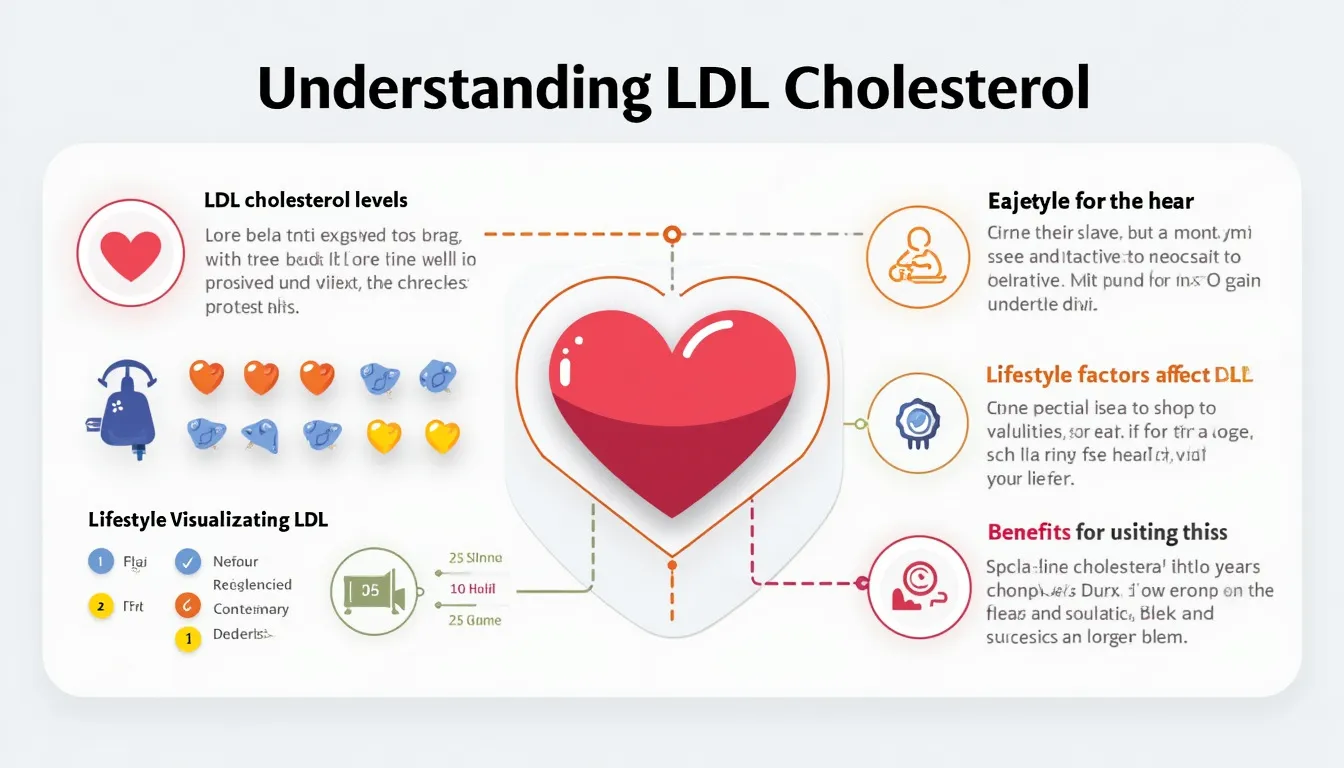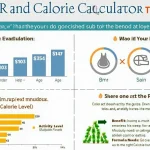Is this tool helpful?
How to use the tool
- Total Cholesterol: type your lab value, e.g., 185 mg/dL or 5.0 mmol/L.
- HDL Cholesterol: add your “good” cholesterol, e.g., 62 mg/dL or 1.6 mmol/L.
- Triglycerides: enter the level shown on your report, e.g., 135 mg/dL or 1.3 mmol/L.
- Units: pick mg/dL (USA) or mmol/L (most of Europe).
- Calculation Method: choose Friedewald, Iranian, or Anandaraja to suit your profile (details below).
- Calculate: press the button—your LDL number and risk category appear instantly.
Quick-Facts
- Optimal LDL target: < 100 mg/dL (Grundy et al., 2019).
- Friedewald formula unreliable when triglycerides > 400 mg/dL (MedlinePlus, https://medlineplus.gov/lab-tests/lipid-panel).
- 1 mmol/L cholesterol = 38.67 mg/dL (CDC, 2020).
- Direct LDL test costs ≈ US $30-70 in U.S. outpatient labs (Healthcare Bluebook, 2023).
Formulas and worked examples
1. Friedewald (standard)
$$LDL = TC – HDL – rac{TG}{5}$$
- Example: TC 190 mg/dL, HDL 48 mg/dL, TG 125 mg/dL.
- Calculation: 190 – 48 – 25 = 117 mg/dL.
2. Iranian (high triglycerides)
$$LDL = rac{TC}{1.19} + rac{TG}{1.9} – rac{HDL}{1.1} – 38$$
- Example: TC 250 mg/dL, HDL 42 mg/dL, TG 410 mg/dL.
- Calculation: 210.1 + 215.8 – 38.2 – 38 = 349.7 mg/dL.
3. Anandaraja (alternative)
$$LDL = 0.9 \times TC – 0.9 \times HDL – 0.1 \times TG$$
- Example: TC 175 mg/dL, HDL 55 mg/dL, TG 145 mg/dL.
- Calculation: 157.5 – 49.5 – 14.5 = 93.5 mg/dL.
FAQ
What is LDL cholesterol?
LDL carries cholesterol to tissues; excess promotes arterial plaque and heart disease (Heart Foundation, https://www.heart.org).
Which formula should you pick?
Use Friedewald when TG ≤ 400 mg/dL; switch to Iranian or direct testing if TG exceeds this limit (MedlinePlus, link above).
How often should you test LDL?
Adults with average risk test every 4-6 years; high-risk patients check annually (Grundy et al., 2019).
Can you calculate LDL without fasting?
Yes; non-fasting panels give similar LDL except when TG > 400 mg/dL (Nordestgaard et al., 2016).
How do mg/dL and mmol/L convert?
Cholesterol: multiply mmol/L by 38.67 to get mg/dL; divide mg/dL by 38.67 for mmol/L (CDC, 2020).
Why choose direct LDL testing?
Direct assays bypass formula limits, giving accurate results in high TG, diabetes or pregnancy (Quest Diagnostics, 2022).
What lowers LDL most effectively?
Statins cut LDL 30-50 %; replacing saturated fat with unsaturated reduces ~10 % (Santos et al., 2020).
Does exercise impact LDL?
150 minutes of moderate aerobic activity weekly can drop LDL by 5-10 % (CDC, 2021).
Important Disclaimer
The calculations, results, and content provided by our tools are not guaranteed to be accurate, complete, or reliable. Users are responsible for verifying and interpreting the results. Our content and tools may contain errors, biases, or inconsistencies. Do not enter personal data, sensitive information, or personally identifiable information in our web forms or tools. Such data entry violates our terms of service and may result in unauthorized disclosure to third parties. We reserve the right to save inputs and outputs from our tools for the purposes of error debugging, bias identification, and performance improvement. External companies providing AI models used in our tools may also save and process data in accordance with their own policies. By using our tools, you consent to this data collection and processing. We reserve the right to limit the usage of our tools based on current usability factors.







